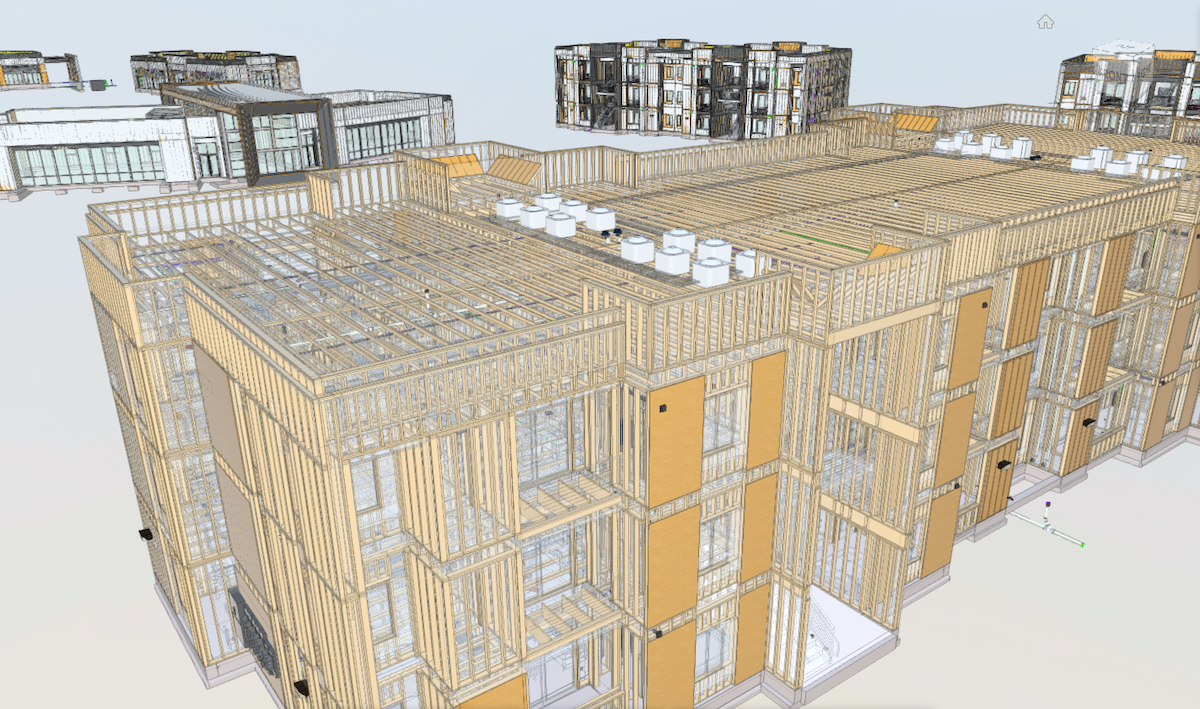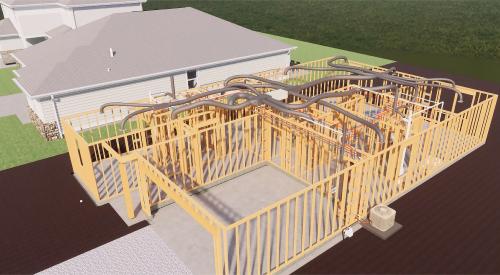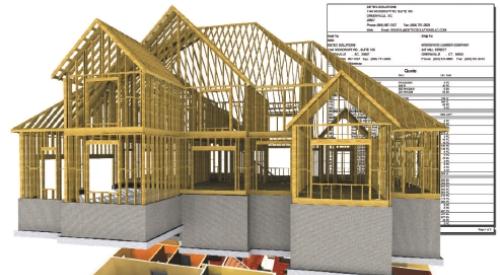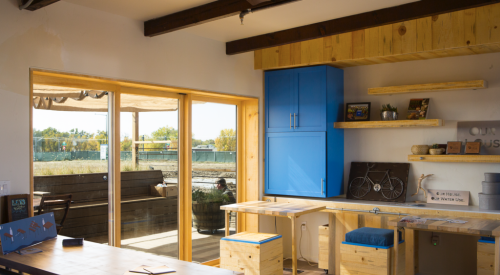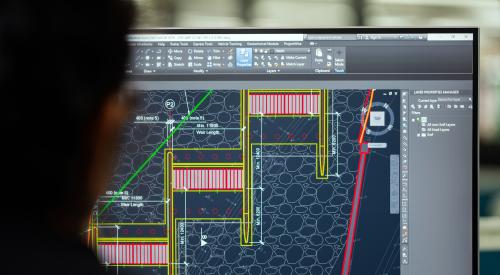MultiGreen properties doesn’t lack for ambition. The real estate development and operating company intends “to improve the state of the world,” says founder and board chair Randy Norton.
It intends to do that by taking a data-driven approach to homebuilding—“where technology meets up with the most laggard of all industries: construction,” Norton says.
MultiGreen, which launched publicly in early 2020, plans to build 40,000 multifamily rental units in 10 states by 2030. The company describes these units as attainable, sustainable and tech enabled. Dubbed Workforce Plus, the project will deliver the build-to-rent units in high-demand, low-supply markets for a target audience of essential workers, such as firefighters, nurses, teachers, and police officers.
“These are people that have very good credit and very good jobs but are just priced out of an entry-level home purchase,” Norton says.
While the demand is great—the U.S. alone needs 4.6 million rental units, Norton notes—the construction pace and process have not kept up. “The multifamily property type is highly inefficient, whether operationally or in construction, and there’s so much waste,” he says.
MultiGreen’s Data-Driven Multifamily Construction
To build more efficiently, MultiGreen properties determined the most important thing it could do as an owner group is require its builders to use building information modeling (BIM). After exploring various BIM solutions, MultiGreen selected Autodesk Construction Cloud to digitize and connect the various processes, data, and teams, from design through operations.
“First and foremost, we’re looking to aggregate data across the project,” says Levi Naas, MultiGreen’s director of development.
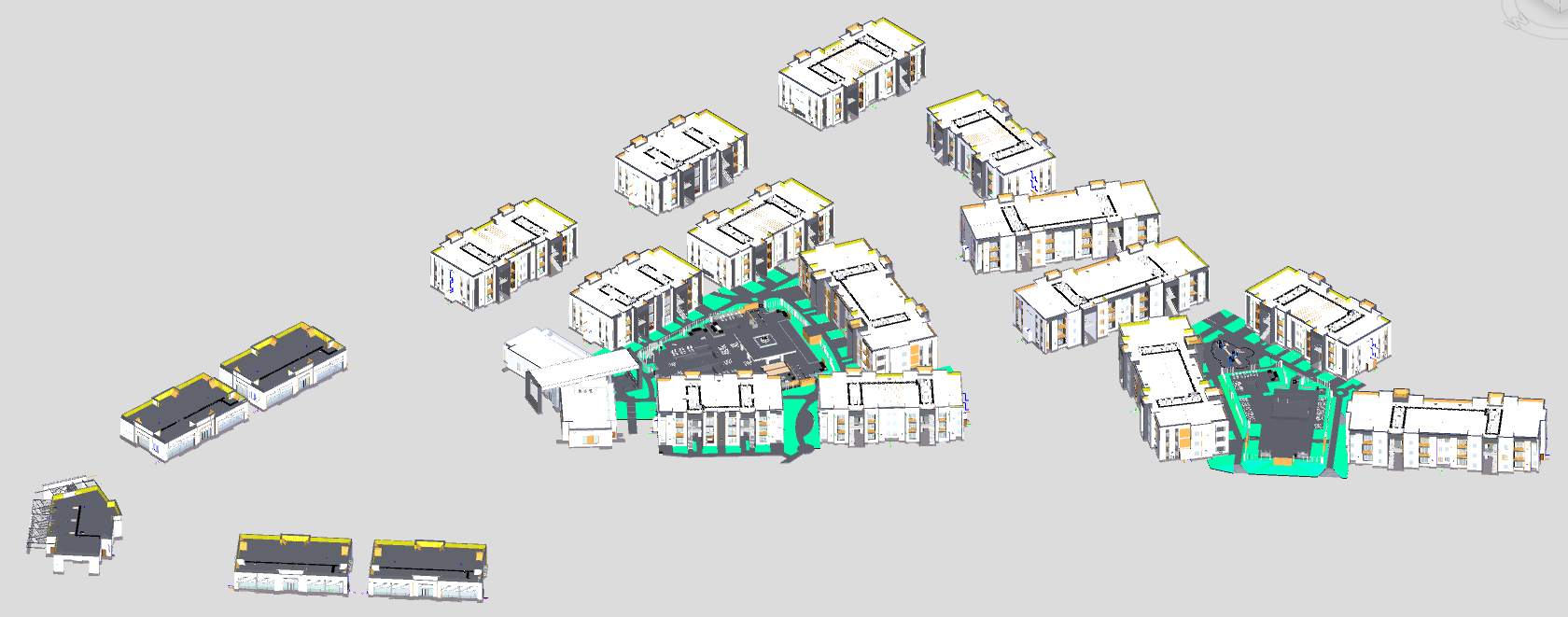
Owned by MultiGreen in one central environment in the cloud, that aggregated data will be transparent to and shared by the owner, designers, builders, and other team members. “By using digital tools, you make sure the project team across all disciplines works from a shared set of data and a central source of truth, and it has the right information at the right time in the right hands,” says Allison Scott, director of thought leadership and customer marketing, Autodesk Construction Solutions.
Centralized data will enable MultiGreen’s builders to foresee and prevent on-site issues that could result in costly delays and rework, and they can avoid overestimating and overbuying materials. So they can identify and realize design efficiencies from the get-go, and they’ll end up with more predictable schedules and costs.
More thorough planning upfront should lead to better quality in the end. So a design model “represents what we’ll actually build on site,” Naas says.
“By having the best data, we’ll cut out waste and time and deliver these assets for lower cost and a much better outcome,” Norton says.
Embodied Carbon Calculator
For instance, the Embodied Carbon Calculator integration in Autodesk’s BIM 360 tool can help MultiGreen teams select building materials with lower embodied carbon, so the team knows exactly what material it needs, how much to get, and where to source it.
MultiGreen’s approach is a lot different than conventional construction, Naas notes. “A lot of times in traditional construction, a builder tells the owner, ‘Don’t worry about us; we’ll do our job.’ But a couple of months later, they come back with a change order. We want to eliminate that,” Naas says.
Analog and siloed, the construction industry is used to rework. But it doesn’t have to be, Scott notes. “It’s about planning ahead and getting it right the first time,” she says.
Digital tools also cut out the massive amounts of paper typically used on construction projects—and the inefficiencies, inaccuracies, and sheer waste that often come with it. And the tools will help MultiGreen’s builders find ways to continually improve along the way.
The data MultiGreen properties gathers will help improve performance not only in the design and construction phases but during operations as well. MultiGreen will be able to see how its units actually perform and make adjustments as needed. “This is how owners improve the cost of ownership, but they can’t get to that unless they plan for it in the beginning, which is what MultiGreen is doing,” Scott says.
In addition to honing its digital prowess, MultiGreen will employ green building principles, such as using recycled and green construction materials, renewable energy like rooftop solar, and enhanced ventilation and insulation.
The units will fall into one of three building types. Between 2,000 and 5,000 units will be in mid-rise or high-rise structures of 100 to 350 units each, while about 5,000 to 7,000 will be in podium buildings of about 350 units per site. But the vast majority will get built as two- or three-story walk-ups with surface parking.
So far, MultiGreen has built about 1,100 units—in Nevada, New Mexico, and Washington—representing a construction volume of $248 million.
“Our design might have a simpler curb appeal,” Norton says of MultiGreen’s units, “but the digital infrastructure and amenities will be equivalent to a Class A office building in any urban core.”


